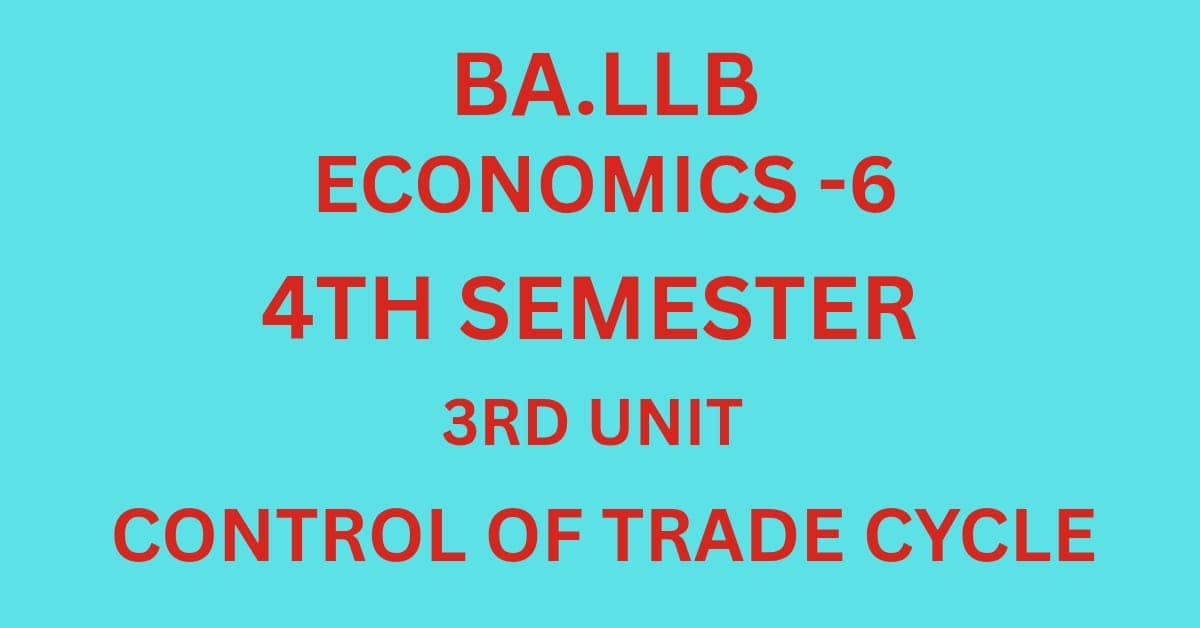Introduction:
Balance of payment of a country is a systematic record of its receipts and payments in international transaction in a given year. Each transaction is entered on the credit and debit side of the balance sheet. The credit sides are visible and invisible exports, transfer receipts in the form of gift received from foreigners, borrowings from abroad and investment by foreigners in the country. The main causes for disequilibrium can be deficit or surplus, it means when a country’s current account will be deficit or surplus, its balance of payment is called disequilibrium.
Causes for disequilibrium in the B.O.P
1. Economic causes:
- Trade Imbalance: Continuous deficits in the trade balance can lead to a disequilibrium. If a country imports more than it exports, it will face a BOP deficit.
- Exchange Rate Fluctuations: Sudden changes in exchange rates can make exports more expensive and imports cheaper, worsening the trade balance.
- Inflation Differentials: Higher inflation rates in a country compared to its trading partners can reduce the competitiveness of its goods and services. Inflation is causes of disequilibrium in the balance of payment if there is inflation in the country, price of export increase as a result export falls. At the same time the demand for import increases thus increase in export price leading to decline in exports and raise it imports result in adverse balance of payment.
2. Structural causes
- Economic Structure: Countries that rely heavily on the export of a few primary commodities may experience BOP disequilibrium due to price volatility in those commodities.
- Industrial Competitiveness: Lack of competitiveness in certain industries can lead to a decline in exports and an increase in imports, affecting the BOP.
3. Financial causes:
- Capital Movements: Large inflows or outflows of capital can cause disequilibrium. For example, high foreign direct investment (FDI) inflows can lead to a surplus, while sudden capital flight can lead to a deficit.
- External Debt: High levels of external debt and debt servicing requirements can strain the BOP, especially if the country is unable to generate sufficient export earnings to meet its obligations.
4. Political causes:
- Fiscal and Monetary Policy: Expansionary fiscal or monetary policies can lead to higher imports due to increased domestic consumption and investment, contributing to a BOP deficit.
- Trade Policies: Protectionist measures by trading partners, such as tariffs and quotas, can reduce a country’s exports, leading to BOP disequilibrium.
5. Social causes:
- Political Stability: Political instability or uncertainty can discourage foreign investment and lead to capital flight, affecting the BOP.
- War and Conflicts: Wars and conflicts can disrupt trade and lead to significant economic costs, affecting the balance of payments.
7. Demographic causes:
- Population Growth: Rapid population growth can increase demand for imports while the supply of exports may not keep pace, leading to a BOP deficit.
- Migration: Large-scale immigration can also affect remittances and the balance of payments.
also read: explain the causes of increasing public debt.













